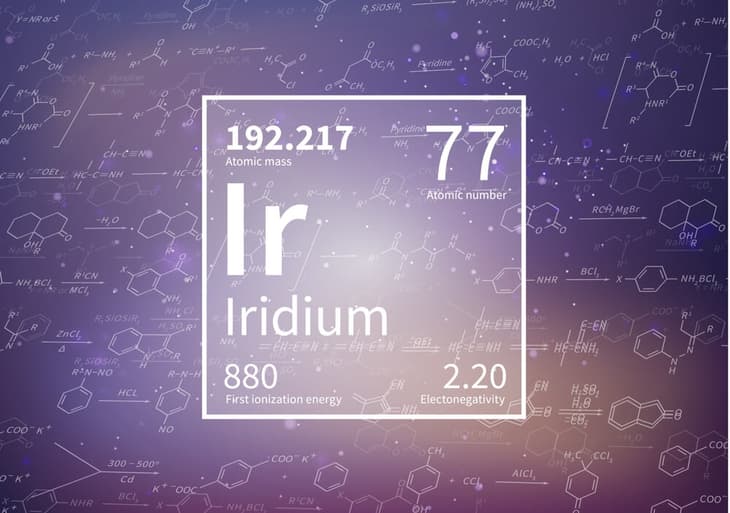Net Zero pledges now cover around 91% of the global economy and electrolytic hydrogen is a dominant feature of the plans being generated. Leading forecasters, such as the International Energy Agency, suggest hydrogen could become as big as electric power is today, as it is increasingly taken up across industry, transportation and the power sector.
Proton exchange membrane (PEM) electrolysis is one of the technologies used to produce electrolytic hydrogen, and to do so it uses platinum group metals (PGMs) iridium and platinum. These metals, particularly iridium, will need to be actively managed as demand for PEM electrolysers grows. Johnson Matthey is confident that by focusing in two areas – efficient use of iridium and recycling – iridium’s potential constraint on capacity growth can be mitigated, enabling PEM electrolyser growth ambitions to 2030 and beyond.
Potential for electrolysis
The world needs electrolytic (green / renewable) hydrogen. Exactly how much electrolytic hydrogen will be produced can be debated, but without doubt it will be significantly more than is produced by the <1 GW of electrolyser capacity today. Based on scenarios from the IEA, future capacity could be between ~150 GW and >800 GW, using a combination of technologies. The type used will depend on a range of factors, including plant location, size, operating requirements, and lifetime. Technologies available today at scale include alkaline water electrolysis (AWE) and proton exchange membrane (PEM) electrolysis, with anion exchange membrane (AEM) technology industrialising rapidly (thanks to companies like Enapter AG) and solid oxide electrolysis cells (SOEC) likely to be key for applications where waste heat is available.
... to continue reading you must be subscribed






